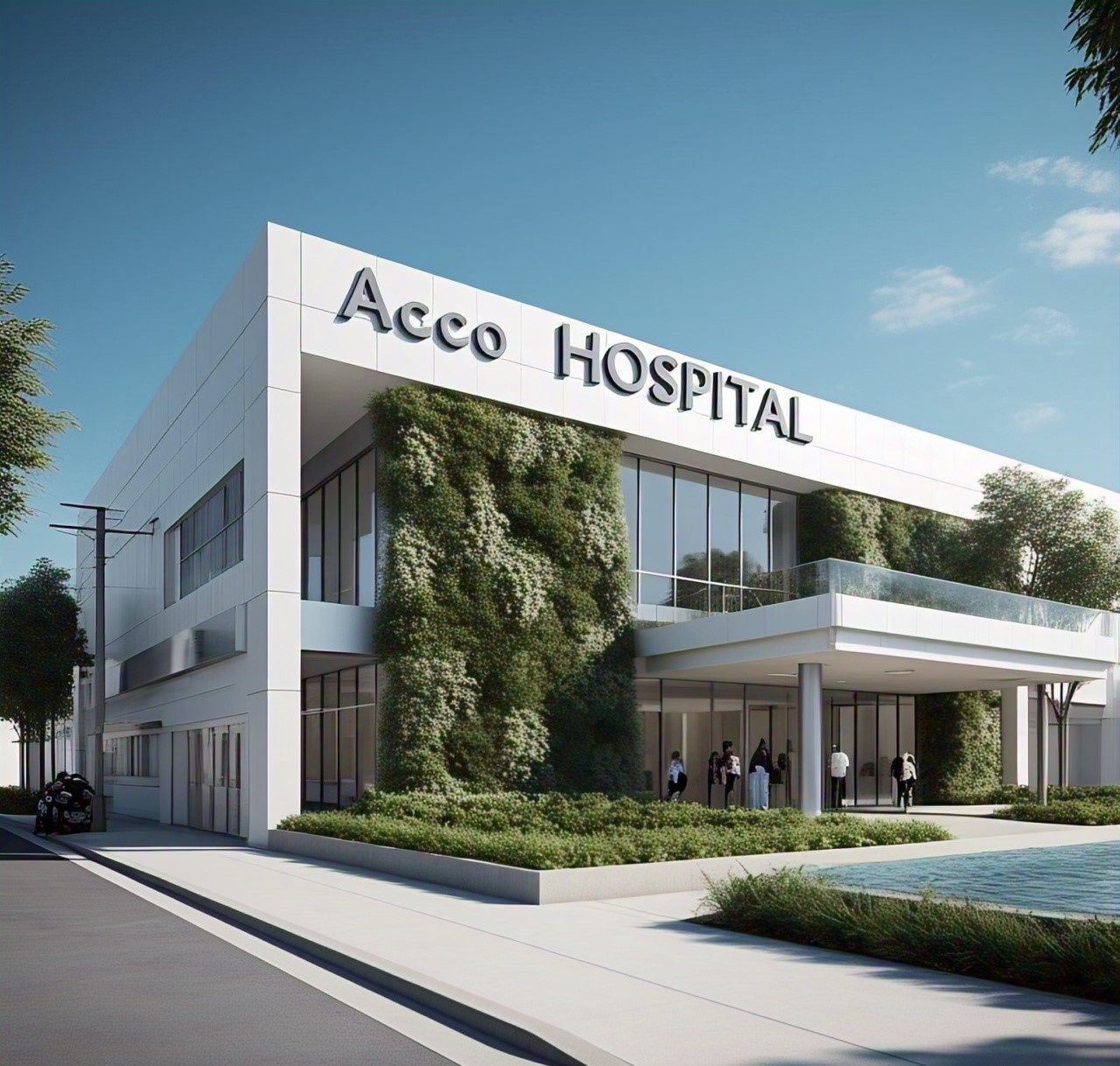
Key Design Principles for Cardiology Hospitals in Pakistan
The design of cardiology hospitals in Pakistan requires a meticulous balance of functionality, patient comfort, and technological integration. With the growing prevalence of cardiovascular diseases in the region, efficient and well-thought-out hospital infrastructure is crucial to meet the rising demand for specialized care. Here are the key design principles that architects and healthcare planners should consider:
1. Patient-Centered Design
- Comfort and Privacy: Ensure patient areas, including waiting lounges, consultation rooms, and inpatient wards, are designed to provide maximum comfort and privacy. This includes the use of soundproofing, comfortable furniture, and aesthetically pleasing interiors.
- Natural Light and Ventilation: Incorporate large windows, skylights, and ventilation systems to enhance the healing environment. Exposure to natural light and fresh air has been shown to positively impact patient recovery.
2. Efficient Space Utilization
- Zoning: Divide the hospital into distinct zones for outpatient, inpatient, diagnostic, and emergency services to streamline operations and reduce cross-contamination risks.
- Vertical and Horizontal Flow: Plan vertical and horizontal circulation carefully to ensure efficient movement of staff, patients, and equipment. Use separate elevators and corridors for patients and medical staff when possible.
3. Advanced Diagnostic and Treatment Facilities
- Cardiac Catheterization Labs: Allocate space for modern catheterization labs equipped with state-of-the-art imaging technologies.
- ICUs and CCUs: Design Intensive Care Units (ICUs) and Cardiac Care Units (CCUs) with easy access to diagnostic and surgical facilities to handle emergencies efficiently.
4. Infection Control Measures
- Cleanroom Standards: Ensure areas like operating rooms and catheterization labs meet stringent cleanroom standards.
- Material Selection: Use non-porous, easy-to-clean materials for flooring, walls, and ceilings to minimize the spread of infections.
5. Emergency and Disaster Preparedness
- Emergency Departments: Design emergency areas with adequate resuscitation rooms, triage zones, and ambulance bays.
- Disaster Readiness: Equip the hospital with backup power systems, seismic-resistant structures, and fire safety measures.
6. Sustainable and Energy-Efficient Design
- Energy Efficiency: Use energy-efficient HVAC systems, LED lighting, and solar panels to reduce operational costs.
- Water Management: Incorporate rainwater harvesting systems and water-efficient fixtures to conserve resources.
7. Technology Integration
- Telemedicine: Include telemedicine facilities to extend healthcare services to remote areas.
- Smart Systems: Use automated systems for patient monitoring, lighting, and climate control to improve efficiency and reduce manual workload.
8. Cultural and Contextual Relevance
- Local Sensibilities: Reflect Pakistani cultural values in the design by incorporating separate waiting areas for men and women in public zones and prayer rooms.
- Community Engagement: Design the hospital as a community-friendly space with landscaped gardens and courtyards that offer a calming environment.
9. Accessibility and Inclusivity
- Universal Design: Ensure the hospital is accessible to all, including people with disabilities, by providing ramps, elevators, and accessible restrooms.
- Wayfinding: Install clear signage in multiple languages to help patients and visitors navigate the facility with ease.
Conclusion
Designing cardiology hospitals in Pakistan requires a multidisciplinary approach that combines medical expertise, architectural innovation, and cultural understanding. By adhering to these principles, healthcare facilities can not only enhance patient outcomes but also set new benchmarks in hospital design in the region. These principles ensure that cardiology hospitals remain functional, patient-focused, and adaptable to the evolving demands of healthcare.



